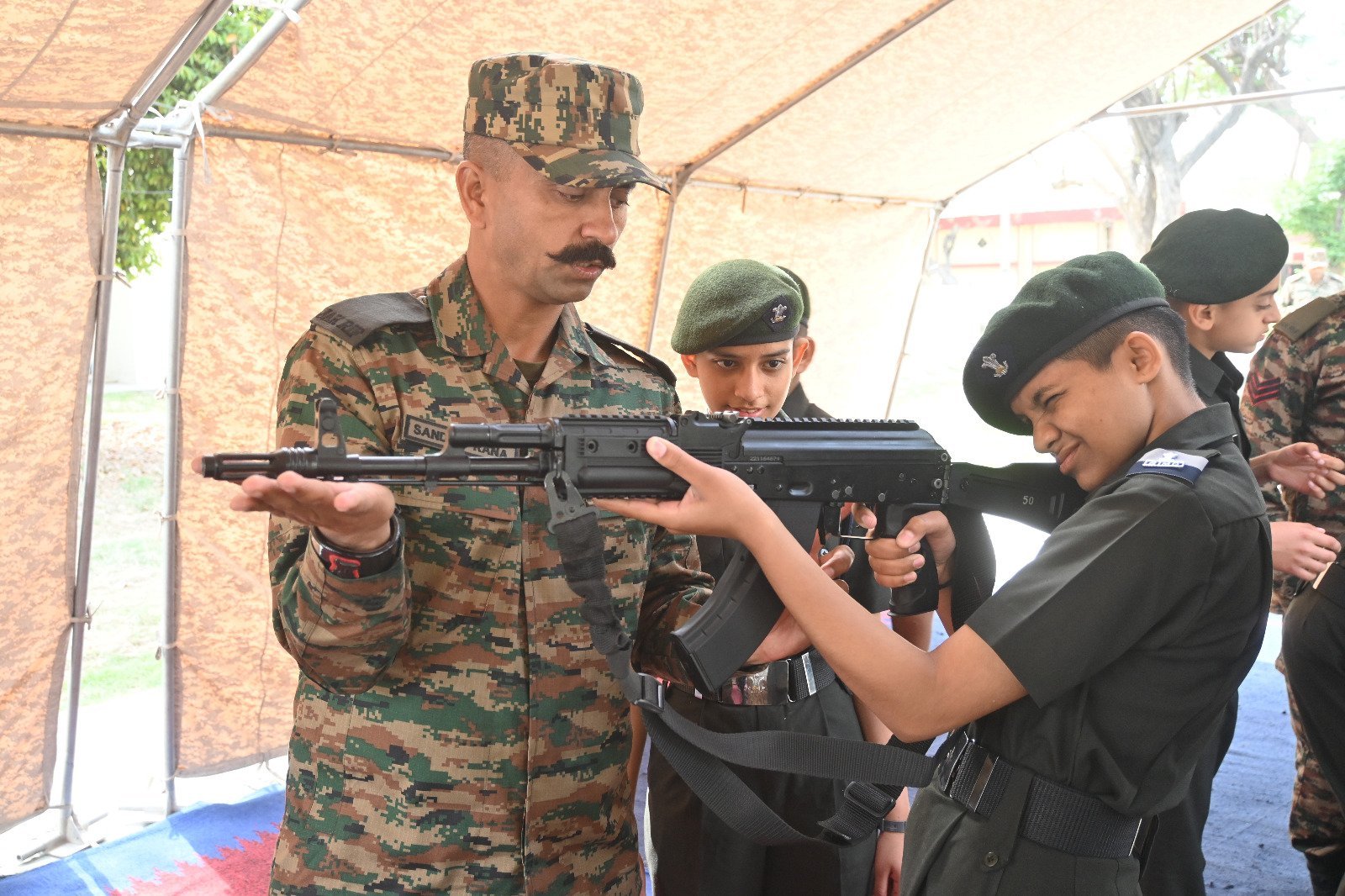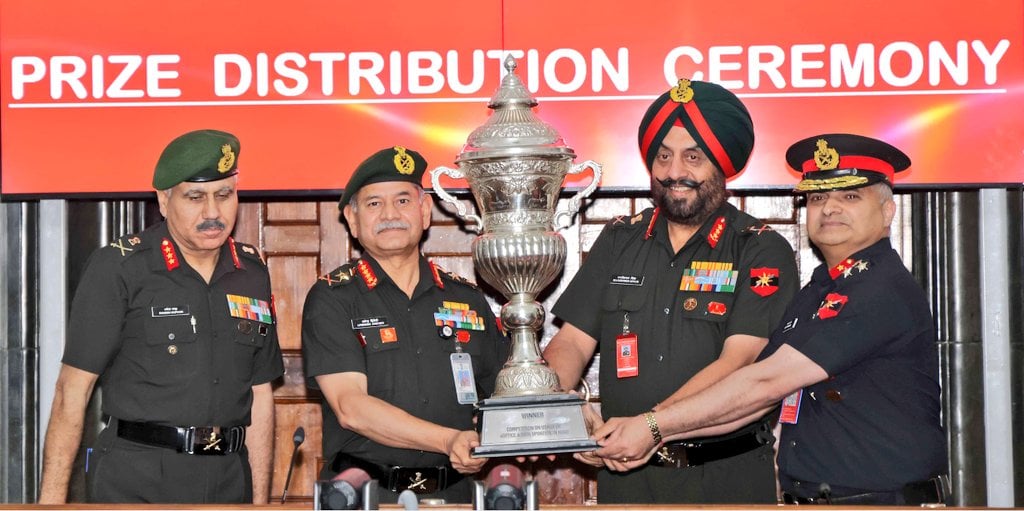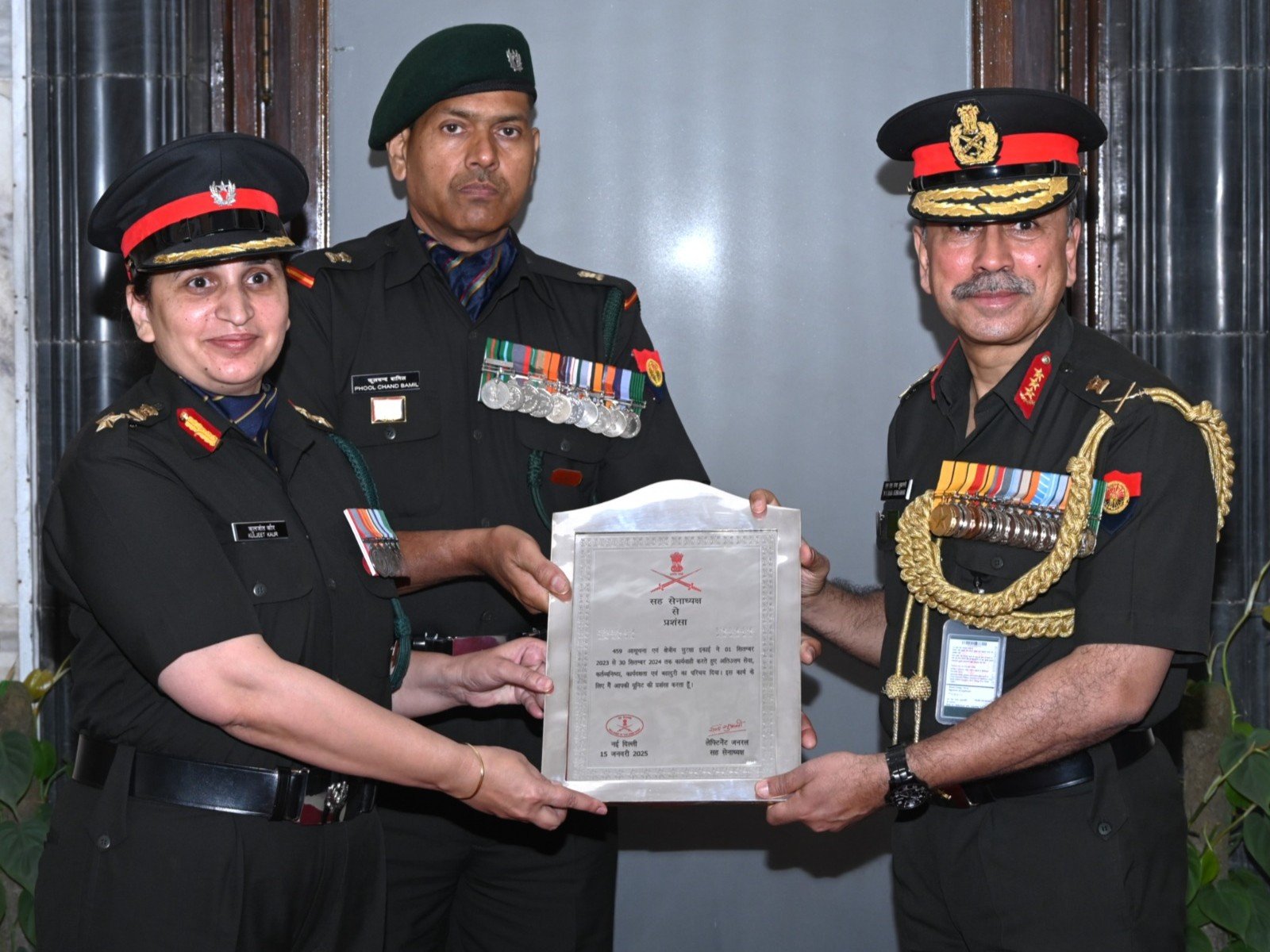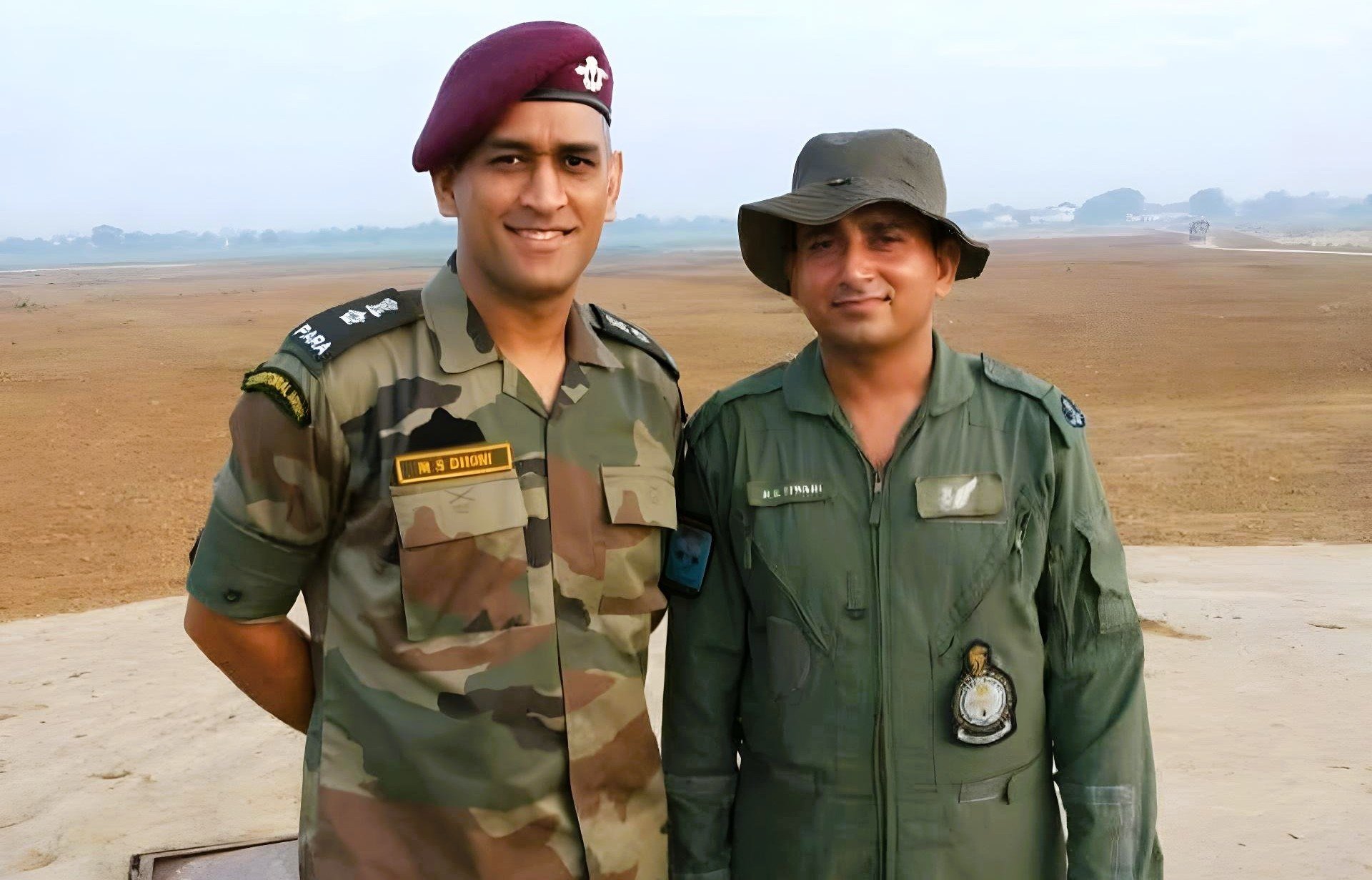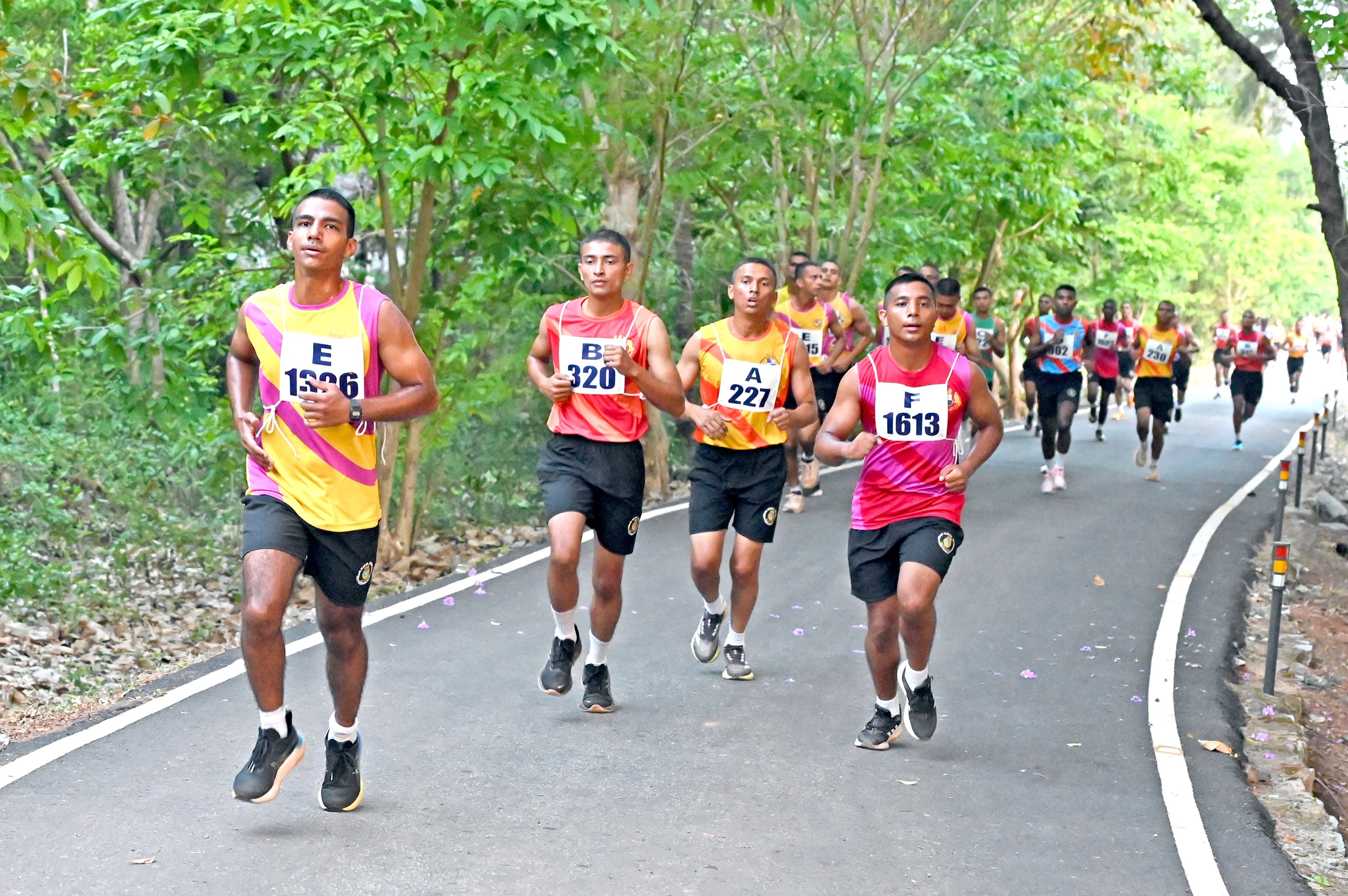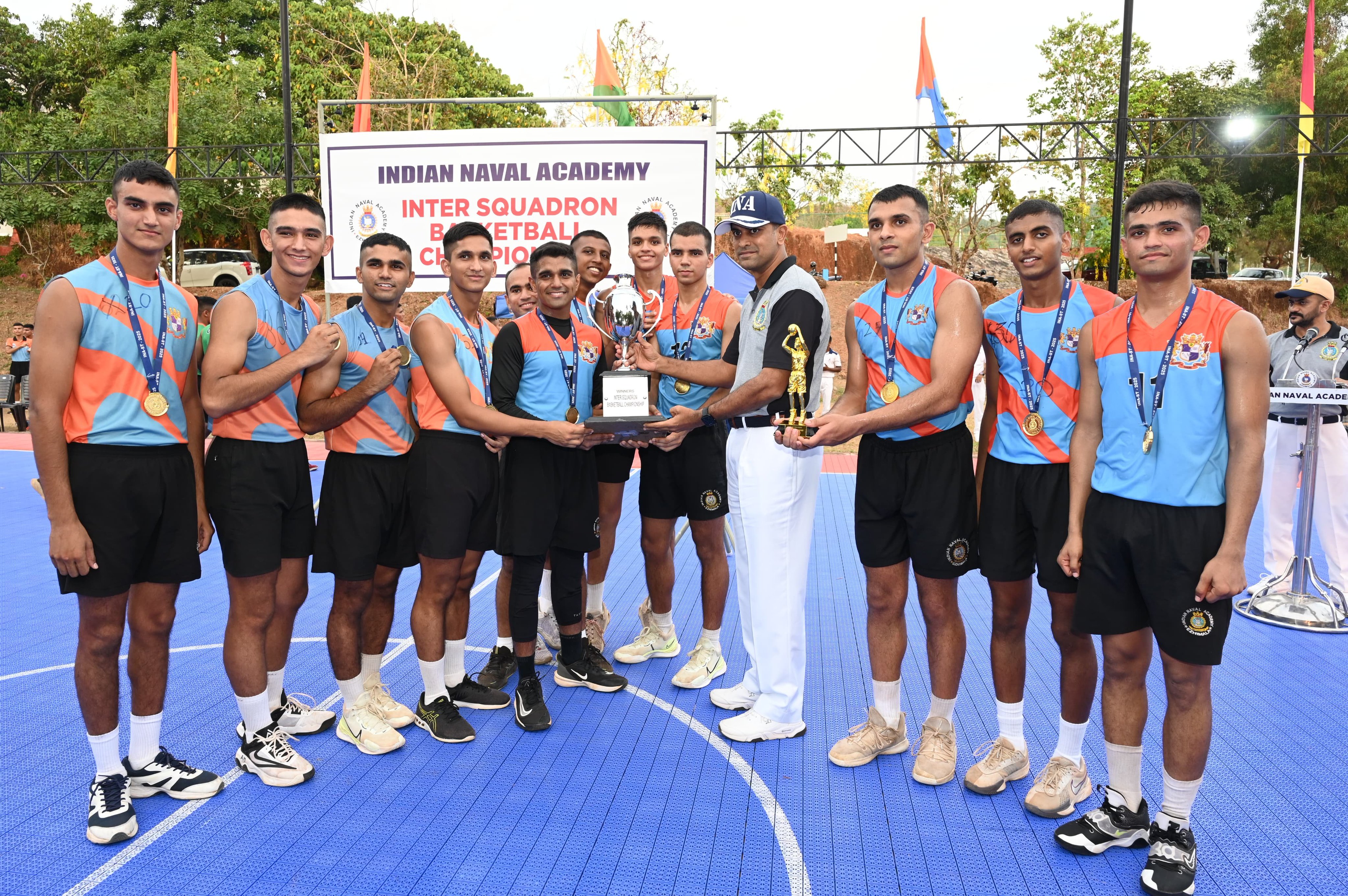Indian Army’s Panther Division Inspires Future Leaders with Educational Tour in Amritsar
The Panther Division of the Indian Army’s Vajra Corps hosted an enriching educational and training tour in Amritsar for cadets…
Sapta Shakti Command Shines in Inter-Command E-Office and MISO Data Updation Competition
In a remarkable display of technological prowess and operational excellence, the Sapta Shakti Command of the Indian Army emerged victorious…
Lieutenant General NS Raja Subramani Awards VCOAS Citation to Four Units for Exemplary Performance
In a proud moment that underscores the Indian Army’s commitment to excellence, Lieutenant General NS Raja Subramani, Vice Chief of…
Warrant Officer Ram Kumar Tiwari Loses Life After Parachute Fails to Open
Warrant Officer Ram Kumar Tiwari, a dedicated member of the Indian Air Force (IAF), tragically lost his life during a…
Fighter Squadron Clinches Inter-Squadron Novices Cross-Country Championship at Indian Naval Academy
The Indian Naval Academy (INA) in Ezhimala, Kerala, hosted the Inter-Squadron Novices Cross-Country Championship showcasing the grit and determination of…
Eagle and Daredevil Squadrons Triumph at Indian Naval Academy’s Inter-Squadron Hockey & Basketball Championship ST-25
The Indian Naval Academy (INA) witnessed an electrifying display of sportsmanship and teamwork during the Inter-Squadron Hockey & Basketball Championship…

